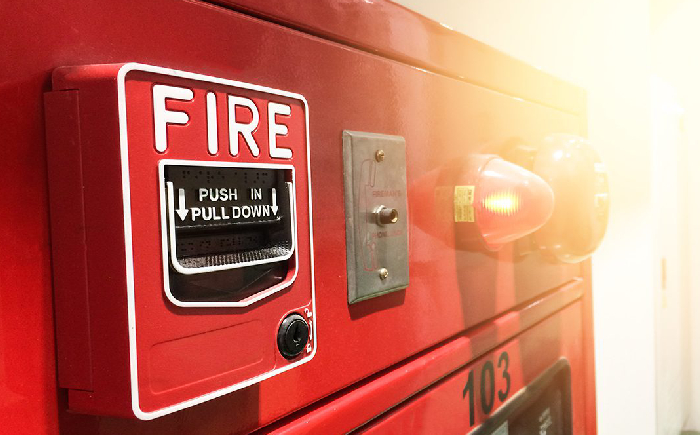Top 5 Essential Fire Safety Installations Every Home Should Have
Ensuring your home is equipped with the proper fire safety installations is essential for protecting both your property and loved ones. Fires can spread quickly, and having the right safety measures in place can make all the difference when it comes to preventing catastrophic damage or even saving lives. Whether you’re building a new home or updating an existing one, investing in fire safety installations is a crucial step. Here are the top five essential fire safety installations every home should have.
1. Smoke Detectors: The First Line of Defense
Smoke detectors are one of the most vital components of fire safety in any home. These devices detect the presence of smoke and emit a loud alarm to alert occupants of a potential fire, often before it has fully developed. The earlier you’re alerted to smoke or fire, the more time you have to escape safely. It’s recommended to have smoke detectors installed in every bedroom, hallway, and on every level of your home, including the basement. Regular maintenance, such as changing the batteries and testing the detectors, ensures they will function properly when needed most.
2. Fire Extinguishers: Essential for Quick Action
A fire extinguisher is a must-have in every home. It can stop small fires from becoming larger and more dangerous, providing crucial moments to control the flames until help arrives. Fire extinguishers should be placed in key areas like the kitchen, garage, and near any heating appliances, as these areas are often prone to fires. Make sure to have a multipurpose extinguisher, typically labeled ABC, which can handle a variety of fires caused by grease, electrical malfunctions, or general combustibles. Proper installation and regular maintenance are essential, as you should check that the pressure gauge is in the green zone and that the extinguisher is not expired.
3. Fire Sprinklers: Automated Protection
Fire sprinkler systems provide a highly effective, automated way to suppress fires before they cause significant damage. When smoke or heat reaches a certain level, the sprinkler system activates, releasing water directly over the fire. Sprinklers can control or even put out a fire on their own, reducing the risk of serious damage to your home. They are especially useful in larger homes or multi-story buildings where fires can spread quickly. Professional installation ensures that the sprinklers are properly designed, strategically placed, and capable of covering the areas that are most at risk.
4. Carbon Monoxide Detectors: Protect Against Deadly Gases
While carbon monoxide (CO) is not flammable, it can be just as deadly in the event of a fire. This odorless, colorless gas can quickly build up in your home, especially in areas with appliances that burn fuel, like stoves, furnaces, or water heaters. Carbon monoxide detectors can alert you to the presence of CO before it reaches dangerous levels, preventing poisoning. Like smoke detectors, carbon monoxide detectors should be installed on each level of the home and near sleeping areas. Regularly testing these detectors and changing their batteries will ensure they remain in good working order.
5. Fire-Resistant Doors and Windows: Contain the Fire
Fire-resistant doors and windows are an essential installation to help contain fires and prevent them from spreading throughout your home. Fire doors are designed to resist the spread of fire and smoke between rooms, particularly in areas like the kitchen, garage, and furnace room. Installing fire-resistant doors at exits, as well as on internal rooms that are most at risk of combustion, can limit the extent of fire damage. Additionally, fire-resistant windows can withstand high temperatures for longer periods, preventing the fire from breaking through to the interior of your home. Professional installation ensures that these fire-rated doors and windows meet local building codes and standards.
Installing fire safety systems in your home is not just a precaution—it’s an investment in the safety and well-being of your family. Smoke detectors, fire extinguishers, fire sprinklers, carbon monoxide detectors, and fire-resistant doors and windows are essential components in protecting your home from the devastating effects of a fire. Regular maintenance, including testing and inspections, ensures that these systems will perform properly when they are needed most. By taking these fire safety measures seriously and implementing them throughout your home, you can create a safer environment and significantly reduce the risks associated with fire hazards.
